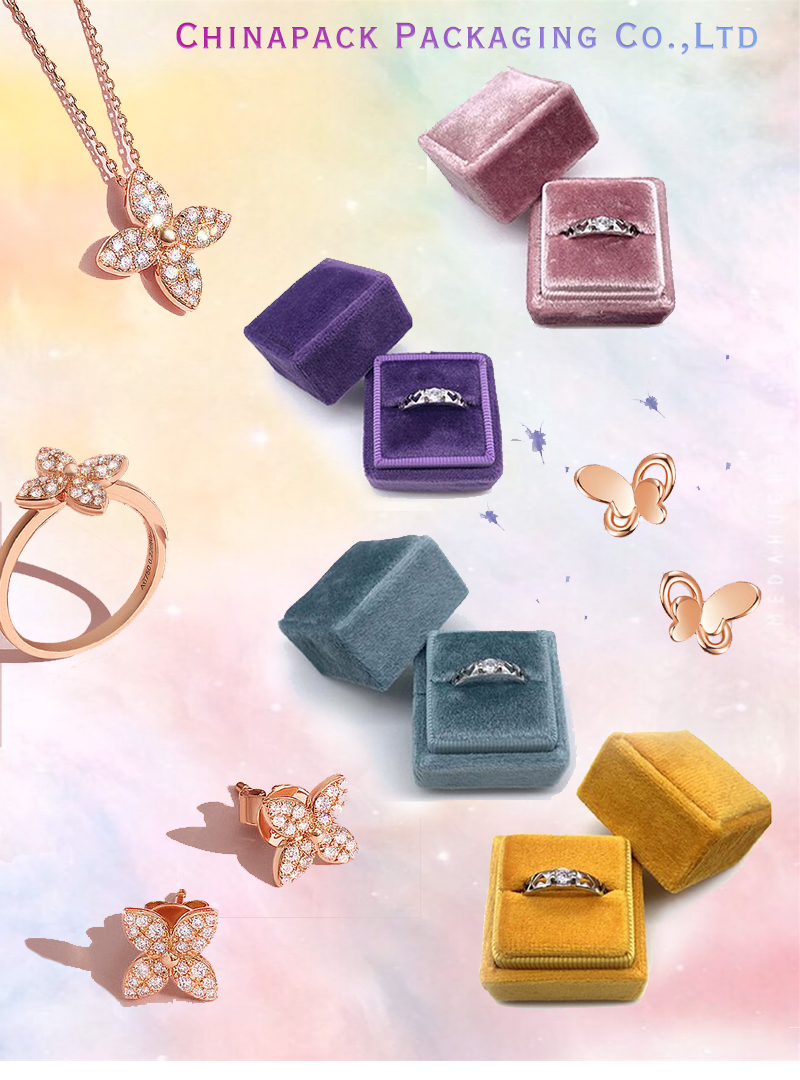Location:Home > News
Packaging knowledge
Printing and Processing Techniques for Custom Jewelry Packag
Custom jewelry packaging is a crucial aspect of any jewelry business. It not only protects the jewelry but also enhances its visual appeal. Printing and processing techniques play a significant role in creating unique and attractive custom jewelry packaging.
One popular printing technique is offset printing. This technique uses four color plates to create a full-color image on the packaging. It produces high-quality images with excellent color accuracy, making it ideal for intricate designs and patterns.
Another printing technique is hot stamping. It involves using heat and pressure to transfer a metallic or colored foil onto the packaging. This technique is often used to add a logo or other text to the packaging.
Embossing and debossing are processing techniques that can add texture to custom jewelry packaging. Embossing creates a raised design on the packaging, while debossing creates a depressed design. Both techniques add a tactile element to the packaging, making it more engaging for the customer.
In addition to printing and processing techniques, the choice of materials also plays a significant role in creating custom jewelry packaging. Some popular materials include paperboard, plastic, and metal. Each material has its own unique properties and can be customized to suit the jewelry business's specific needs.
In conclusion, custom jewelry packaging is an important aspect of any jewelry business. Printing and processing techniques, such as offset printing, hot stamping, embossing, and debossing, can add visual appeal and texture to the packaging. Choosing the right material is also crucial to create the perfect packaging for your jewelry. By utilizing these techniques, you can create unique and attractive custom jewelry packaging that will make your jewelry stand out from the competition.





